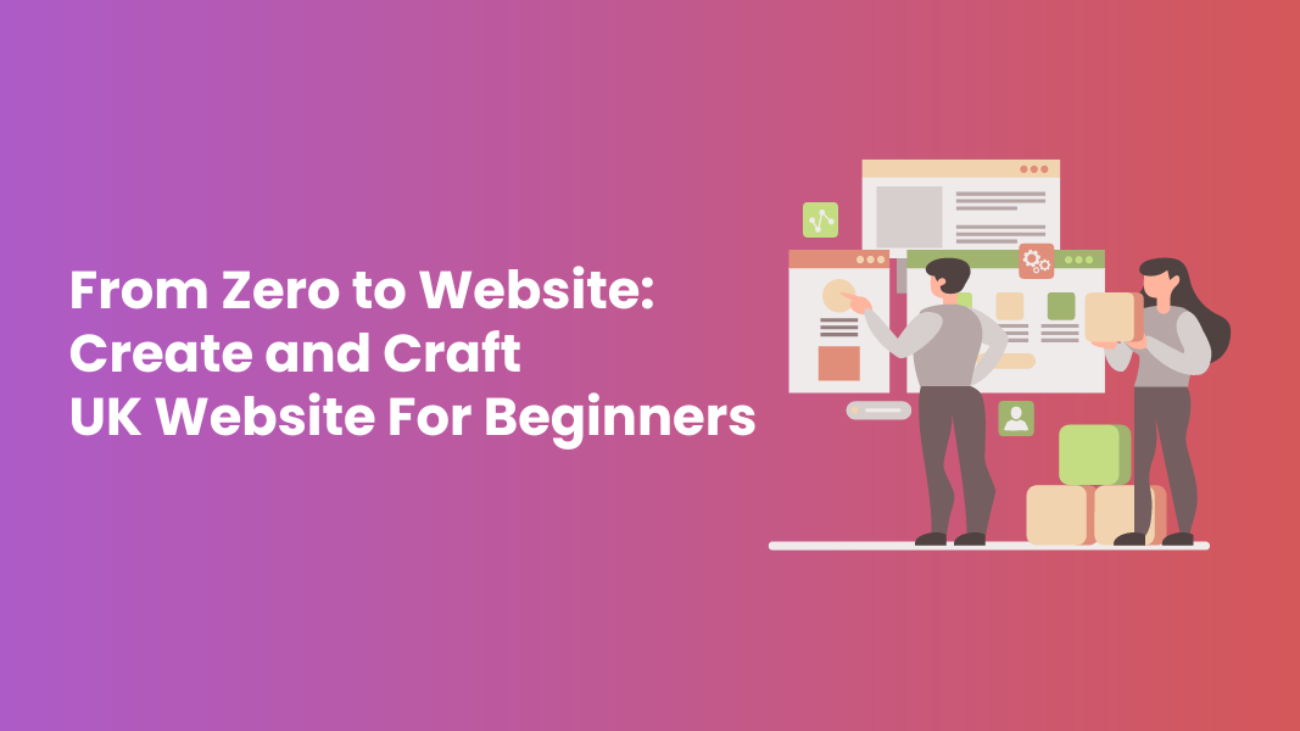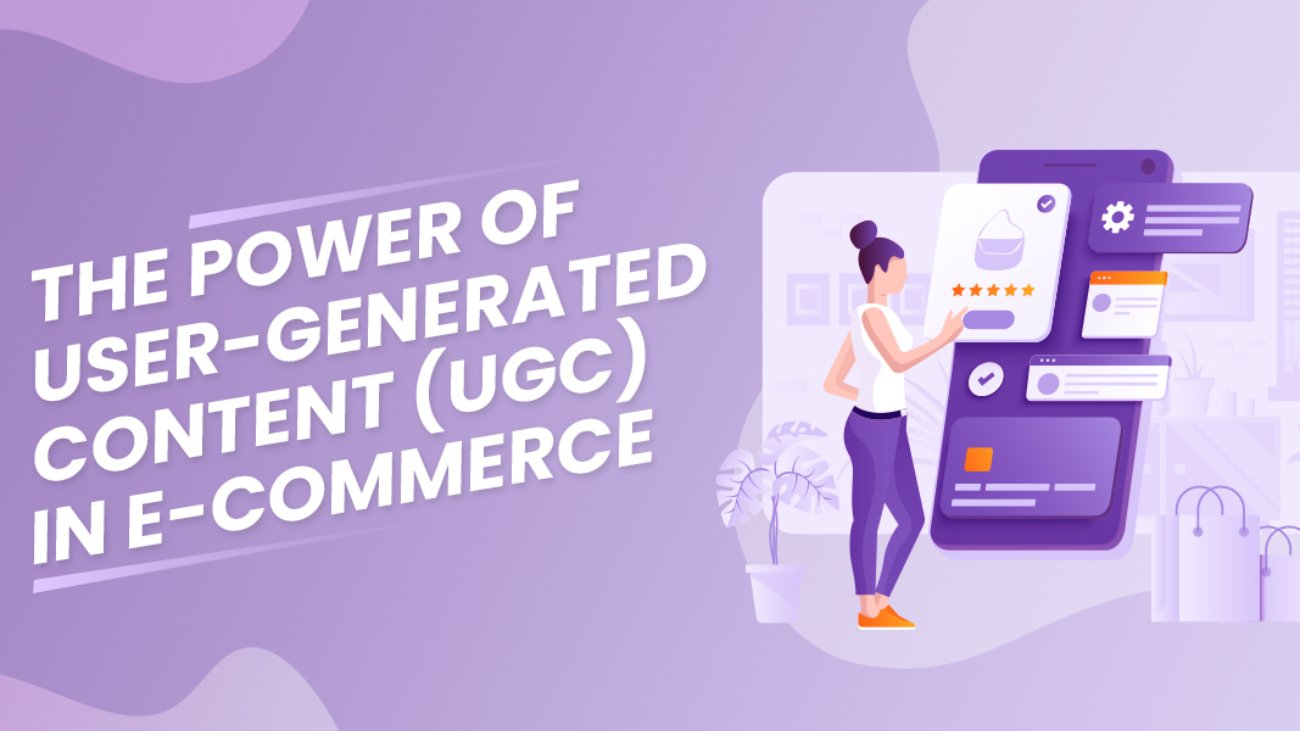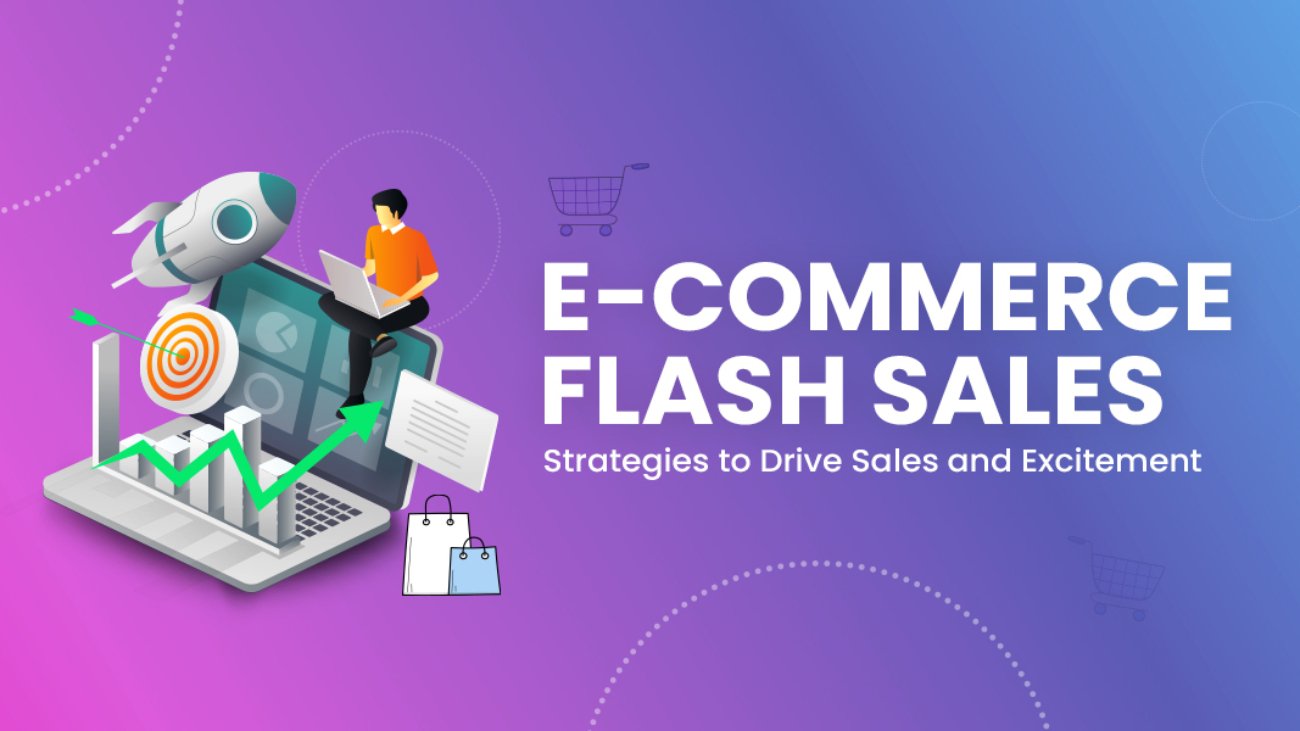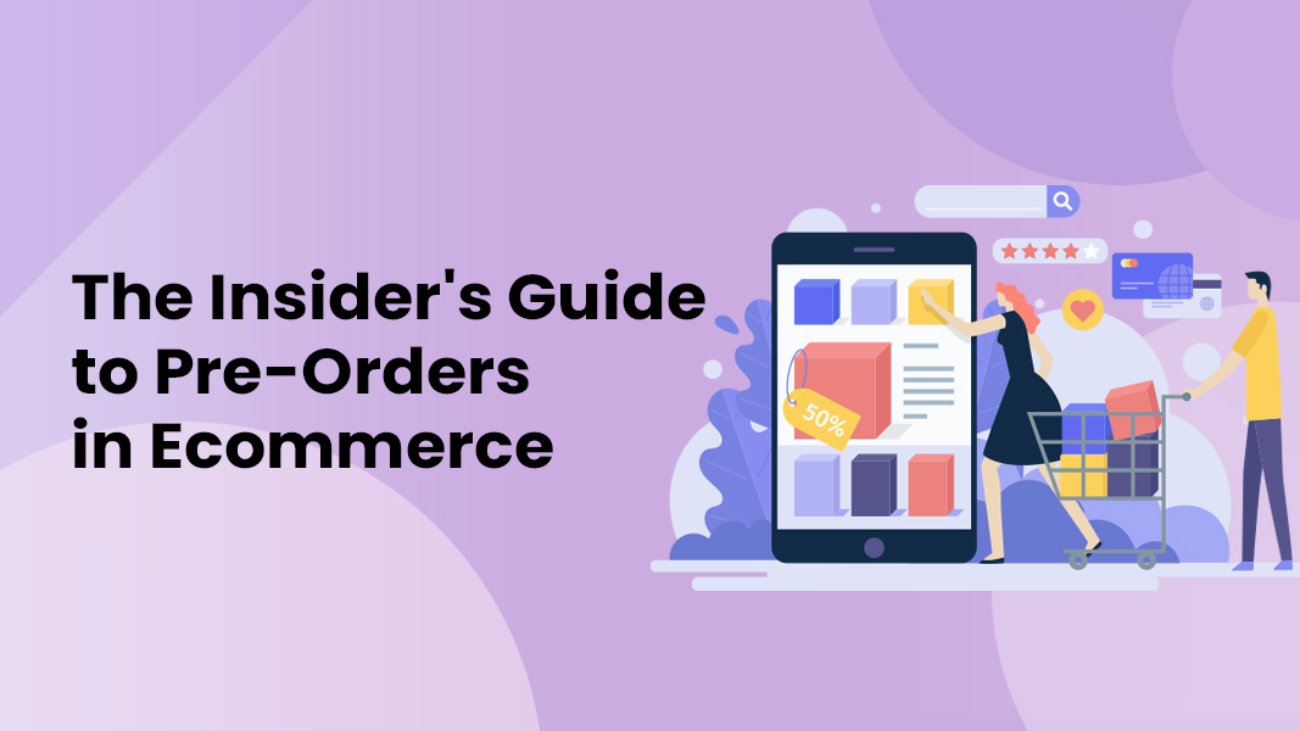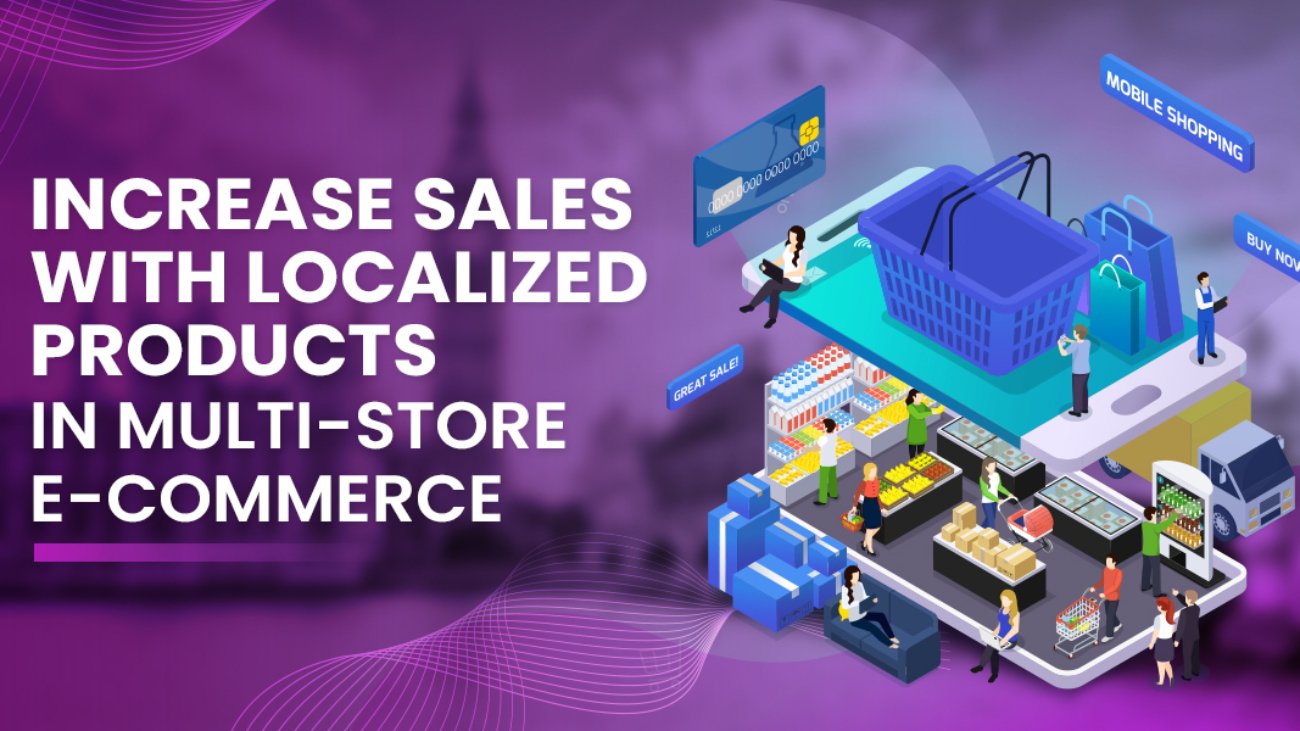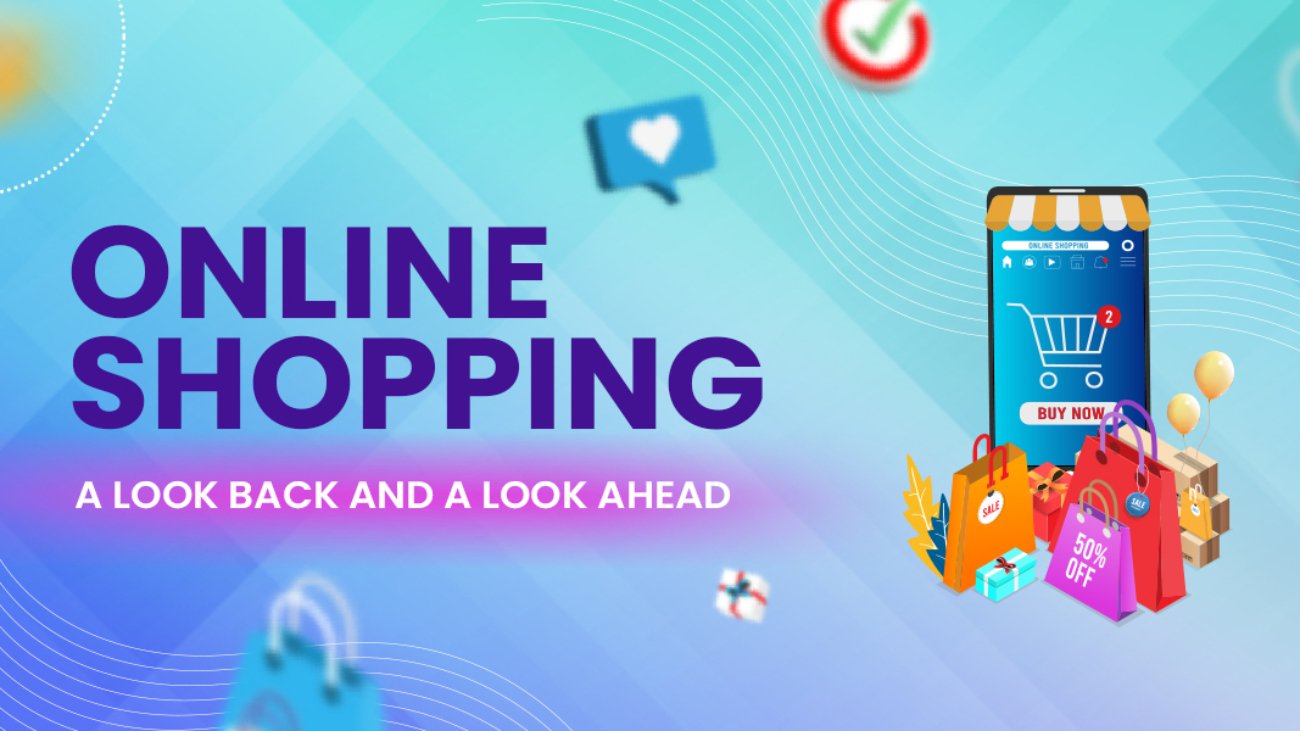In today’s rapidly evolving digital landscape, establishing an online presence is no longer just a strategic advantage—it’s a necessity. For small business owners, artisans, and enthusiasts, having a well-crafted website can profoundly impact your success and visibility. If you’re new to website building and find the process intimidating, platforms like Grozeo offer an ideal solution. Grozeo enables Create and craft UK website for beginners quickly and effortlessly. This guide will walk you through how to get started and highlight the significant advantages of using Grozeo to create and craft a UK website for beginners.
Why a Website is Essential
Before diving into the specifics of website creation, it’s crucial to understand why having a website is indispensable:
- Visibility: A website significantly enhances your online presence. It acts as a central hub where potential customers or followers can discover more about you and your offerings. Without a website, you risk missing out on opportunities to reach a broader audience and make a meaningful impression.
- Credibility: In the digital age, a well-designed website serves as a cornerstone of professionalism. It helps establish and reinforce your brand’s credibility, building trust and authority in your industry. For both businesses and personal brands, a website is a key component in projecting a credible and reliable image.
- Accessibility: Unlike social media profiles or offline methods, a website is available 24/7. This constant accessibility ensures that your information, products, or services are reachable at any time, increasing the chances of engagement and conversion.
- Marketing: A website provides an effective platform for marketing your products or services. Features such as product listings, blogs, and promotional content help you reach potential customers and drive sales.
- Engagement: Websites offer multiple ways to interact with your audience. Through blogs, updates, and feedback mechanisms, you can foster engagement and build a community around your brand.
Challenges Faced by Beginners
For those just starting out, the traditional approach to website building can present several challenges:
- Hiring a Developer: The process often begins with hiring a web developer, which involves a significant financial commitment. This step includes navigating contracts, coordinating design preferences, and managing ongoing costs, which can be overwhelming for newcomers.
- Domain Purchase: Securing a domain name adds to the initial expense. Additionally, domain registration requires renewal, complicating the process and increasing the long-term cost.
- Design and Development: Traditional website design and development involve numerous technical aspects. From layout and navigation to functionality and user experience, each element requires careful consideration and expertise, which can be daunting for beginners.
- Time Investment: The traditional website creation process can be time-consuming, often stretching over several weeks or even months. The complexity of the process may discourage those who lack the technical skills or patience required to see it through.
These traditional methods can be overwhelming, especially for those who are not familiar with website creation. Thankfully, modern solutions like Grozeo are designed to simplify the process and make website building accessible for everyone, especially for those looking to create and craft a UK website for beginners.
Grozeo: Simplifying Website Creation for Beginners
Grozeo offers a user-friendly approach to creating and crafting a UK website, making it an ideal choice for beginners. Here’s how Grozeo simplifies the process:
- User-Friendly Interface: Grozeo’s platform is designed with simplicity in mind. Its intuitive interface allows users to navigate easily without prior experience in website building. This ease of use is particularly beneficial for those new to the process of creating and crafting a UK website.
- Pre-Designed Templates: Grozeo provides a wide selection of professionally designed templates suitable for various industries and styles. These templates make it easy to choose a design that fits your needs, eliminating the need for complex design decisions and speeding up the creation process.
- Customizable Elements: With Grozeo, users can personalise their websites using straightforward customization tools. Adjust colours, fonts, images, and content effortlessly to create a site that reflects your unique brand identity.
- Instant Publishing: One of Grozeo’s standout features is its ability to publish websites instantly. Once you’ve finalised your design, you can make your website live with a single click, streamlining the launch process and getting your online presence up and running swiftly.
Benefits of Using Grozeo
- Speed and Efficiency: Grozeo enables you to build a professional website in under three minutes. This rapid turnaround allows you to establish your online presence quickly and efficiently, which is particularly valuable for beginners looking to create and craft UK website for beginners without delay.
- Cost-Effective: Traditional website development can be costly. Grozeo provides access to high-quality templates and tools at a fraction of the cost, making it a more affordable option for beginners who want to create and craft a UK website without breaking the bank.
- No Technical Skills Required: Grozeo’s platform handles all the technical complexities of website creation. This means you don’t need to worry about complex coding or design issues, allowing you to focus on creating engaging content and presenting your brand effectively.
- Ongoing Support and Updates: Grozeo offers continuous support and regularly updates its platform. This ensures that your website remains current with the latest trends and technologies, providing ongoing value and relevance.
Begin Your Website Journey with Grozeo
Creating and crafting a UK website for beginners is now more accessible than ever with Grozeo. Thanks to its intuitive tools and professional templates, even those new to website creation can achieve a polished and effective online presence with ease. Grozeo simplifies the website development process, removing the complexities and technical challenges that often deter novices.
By leveraging Grozeo’s platform, you can rapidly launch a professional website that enhances your digital footprint and broadens your audience reach. Don’t let fear of technology or lack of experience hold you back. Embrace Grozeo’s user-friendly approach and elevate your online presence with confidence. Start your website journey with Grozeo today and discover how effortless it can be to create and craft a UK website that stands out and drives success.
